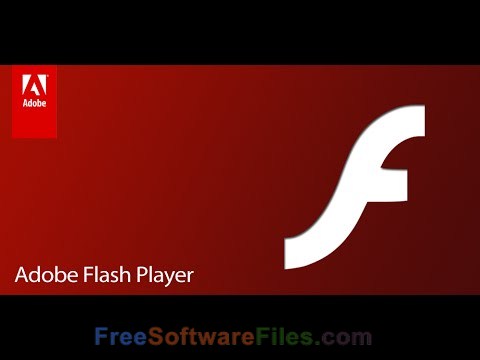

The install ran successfully as shown above (I can't show all the messages because the window is not re-sizeable). So I went to the Flash player download center and downloaded an EXE to install the plug-in version of Flash for Firefox. This was probably the file Firefox was using.Īt this point I figured I'd just install the new Flash player and be on my way to the next machine. But the interesting file was on the C disk:Ĭ:\Program Files\Mozilla Firefox\plugins\NPSWF32.dll Sure enough, it found three instances of the Firefox plug-in version of the Flash player.Ī portable version of Firefox on the M disk was using Flash version 9.0.47,Īnother portable version of Firefox on the Z disk was using Flash version 9.0.45 (the Adobe Flash tester page confirmed this). To find out where, I ran a Secunia "thorough system inspection," something I suggested at the end of my

Nonetheless picking it up from somewhere. Nice work, guys.īut, if the NPSWF32.dll file was not in it's official folder, Firefox was Both the Adobe uninstaller and Secunia had failed to locate the copy of the Flash player that Firefox was using. Lo and behold, Firefox was able to display the Flash-based ads. Sure enough, when I checked, there was no NPSWF32.dll file inīut I figured the acid test was to visit a Web site that uses Flash, so Iīrowsed around a bit.

My first guess was to believe Secunia since all they do is look for files in folders, a simple process that shouldn't break. I got a second opinion from the Secunia Software Inspector: it said there was no plug-in version of Flash. Still, the Adobe tester page reported that Firefox was using the old version. I cleared the Firefox cache, rebooted and tested again.


 0 kommentar(er)
0 kommentar(er)
